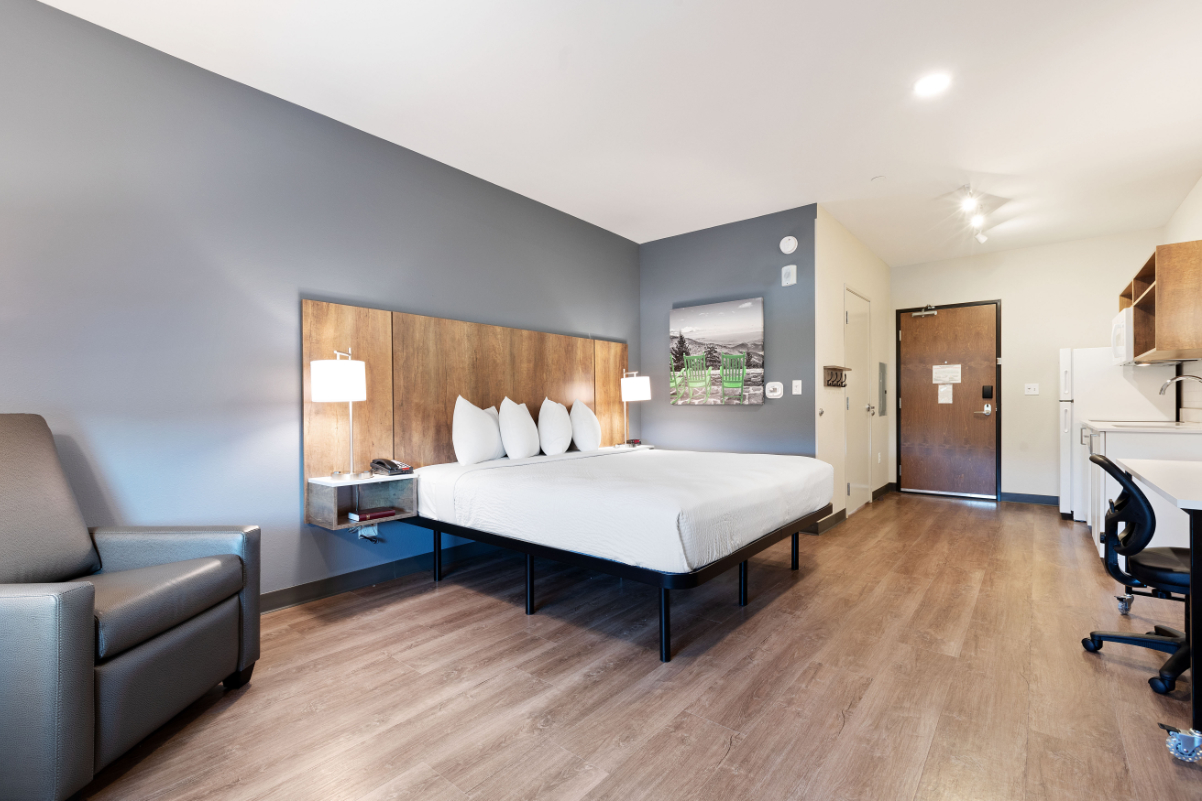Extended Stay America Bets Comeback on Adding Franchise Brands

Skift Take
It may have taken a quarter century for Extended Stay America to find its stars aligned. Yet several factors, such as U.S. infrastructure spending and the resilience of blended travel, look ready to support U.S. domestic demand for extended-stay hotels. And privately owned Extended Stay America has been adjusting its strategy to benefit from these trends over the next few years.
Three years ago, Blackstone and Starwood Capital Group bought Extended Stay America for about $6 billion. Two years ago, those same giant U.S.-based real estate investors jointly bought 111 WoodSpring Suites to bolster Extended Stay America's portfolio for about $1.5 billion. So how has Extended Stay America's strategy evolved since then?
Some backstory, first: Founded in 1997, Extended Stay America was essentially the first company to gain traction as a national brand for extended-stay properties. Yet the physical offerings and services often felt more like a college dorm than a home-away-from-home for professionals. The great financial crisis of 2007-2008 caught the company off-guard. A fall-off in rates customers were willing to pay, and a crushing of the value of its real estate sent the company into bankruptcy.
In 2010, Blackstone, Paulson & Co, and Centerbridge Partners bought the hotel chain for $3.925 billion as it emerged from bankruptcy.
"I can't think of another hotel brand that was literally in the gutter and was resuscitated and now is a brand to aspire to own," said Scott Berman, who spent three decades at the hospitality and leisure consulting practice at one of the four largest accounting and consulting firms. "Smart money came in and installed new leadership and attacked the core issues efficiently."
Extended Stay America went public in 2013, but Blackstone and partners later took it private again in a takeover that closed in 2021. Today private equity is fine-tuning the company again.
Brands Piling Into Extended StayThe whole long-stay category seems to be enjoying a heydey. Roughly a third of the construction pipeline for hotels in the U.S. is extended-stay projects, or roughly 30 percent of planned rooms, according to Lodging Econometrics.
Brands are paying attention. Earlier this week, Hyatt announced

